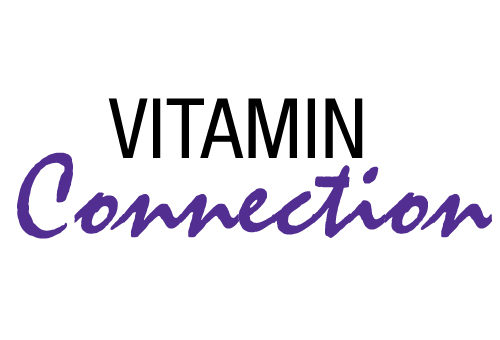When Ken Babal and I discussed the health benefits of mushrooms and mushroom extracts in February, we mentioned active hexose correlated compound (AHCC). I was surprised to learn that not many people knew of AHCC’s well-researched health benefits so widely used in Japan. AHCC supports immune system health to protect against and overcome “germs” and tumors. So now, I have called upon AHCC expert and internationally recognized expert on integrative medicine, Fred Pescatore, M.D., M.P.H., to discuss AHCC in more detail.
Dr. Pescatore received his master’s degree in public health from Columbia University’s School of Public Health and his medical degree from American University of the Caribbean School of Medicine. He has trained at St. Vincent’s Hospital, Mt. Sinai Medical Center, and St. Luke’s/Roosevelt Hospital Center, all in New York City. He was also the associate medical director at the Atkins Center, a preeminent institution for complementary medicine. Dr. Pescatore is in private practice at Medicine 369 in New York City.

|
|
| Fred Pescatore, M.D., M.P.H. |
Dr. Pescatore is a key spokesperson for healthy living. He is the author of The New York Times best-selling book, The Hamptons Diet and the number one best-selling children’s health book, Feed Your Kids Well. His books emphasize a whole foods approach to health and weight management. He lectures around the world and has been seen on such television shows as Today, The View, AM Canada, The Rachel Ray Show and many others. He is a correspondent for In Touch, US Weekly and Life & Style magazines. He is the president of the International and American Association of Clinical Nutritionists and the National Association of Medical Broadcasters. Dr. Pescatore has also authored Thin for Good and The Allergy and Asthma Cure.
Passwater: Dr. Pescatore, what led you to integrative medicine?
Pescatore: After residency training, I was dissatisfied with the practice of medicine and actually wanted to leave medicine and pursue a different career. While seeing what else was available to me, I stumbled upon the offices of Dr. Robert Atkins, with whom I was unfamiliar. He asked me to work in his office for a few months, as I told him I was preparing to move to California where, if I had to practice medicine, at least the weather would be more to my liking.
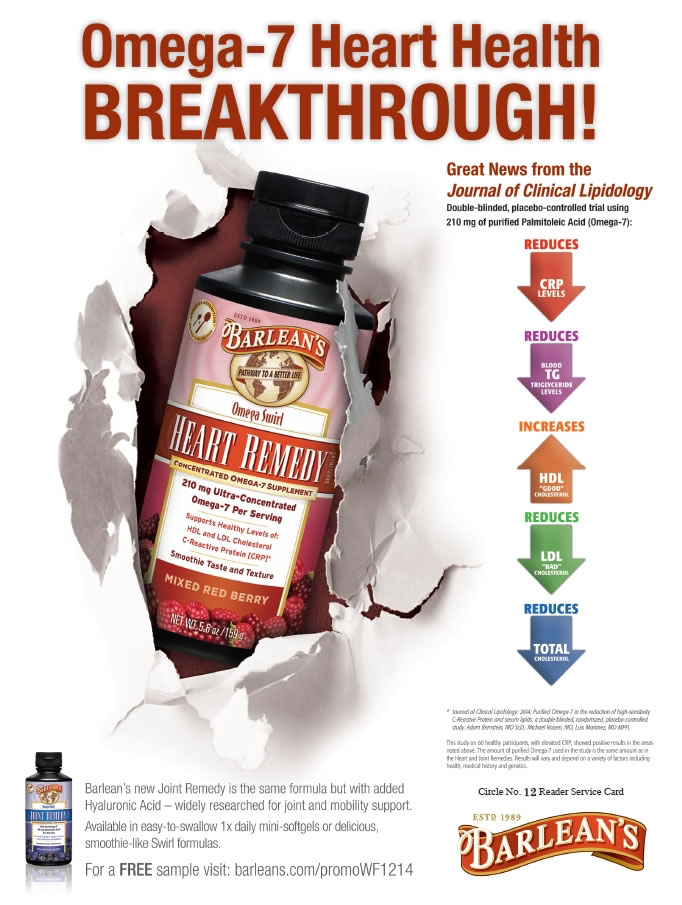 After being there for a few months, the entire way I felt about medicine changed. Instead of people dying, instead of people taking medicine upon medicine and still not feeling better, instead of just doing useless tests and biding by the medical establishment, for the first time, I was treating patients who wanted to take charge of their health, doing something proactive about living a long, healthy life without pharmaceutical medication. I was learning that nutrition—something my grandmother taught me and something that was drummed out of my head in medical school—did indeed play a role in health, how we feel and, especially, in the all important blood chemistry numbers that modern medicine relies on. In other words, it was as if a great big light bulb went off in my head and I knew I could stay and practice medicine—but on my terms.
After being there for a few months, the entire way I felt about medicine changed. Instead of people dying, instead of people taking medicine upon medicine and still not feeling better, instead of just doing useless tests and biding by the medical establishment, for the first time, I was treating patients who wanted to take charge of their health, doing something proactive about living a long, healthy life without pharmaceutical medication. I was learning that nutrition—something my grandmother taught me and something that was drummed out of my head in medical school—did indeed play a role in health, how we feel and, especially, in the all important blood chemistry numbers that modern medicine relies on. In other words, it was as if a great big light bulb went off in my head and I knew I could stay and practice medicine—but on my terms.
Passwater: How did your medical practice lead you to AHCC?
Pescatore: I was always looking for something to help my patients. At our practice, it seemed we would either get the healthiest patients or the ones that had been to every other doctor on the block with their problems and got nowhere. So, when I came across AHCC, I did a small trial to see if it would help the one group of patients that at the time truly had no decent conventional medical treatment options: hepatitis C. I was not convinced AHCC would do anything, but much to my surprise, it improved liver function amongst other things in these patients. In fact, in the first hepatitis C case in which I used AHCC (one gram three times a day) about 15 years ago, the viral load dropped 85%. This was a surprising result.
There is a high incidence of hepatitis C in the United States; it is almost an epidemic. It is a potentially fatal disease that has a silent progression. These days, almost all of my patients use AHCC. It has been proven that AHCC is also very effective for colds and influenza. Essentially, patients taking one gram of AHCC are not affected by the common cold or influenza, even in the season when they are widespread.
Passwater: What is AHCC?
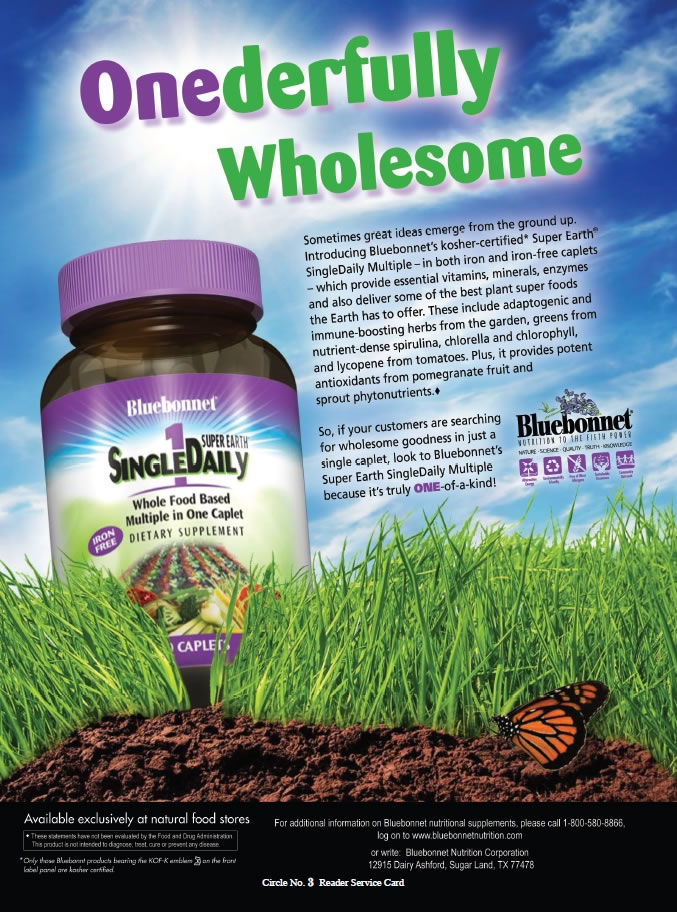 Pescatore: It is a nutritional product that is a proprietary blend of several different types of mushrooms including shiitake. These mushrooms have been known for centuries for their healing properties in Asian medicine. An extract of the healing mushrooms’ mycelia is fermented in rice bran. AHCC’s active ingredients are mostly polysaccharides that include b–glucan and acetylated a-glucan. The main active compound is an oligosaccharide, with a molecular weight of 5,000 daltons—a relatively small molecule, easily absorbed in the gut with an alpha, 1- 4 glucan structure. The mycelia portion of the mushrooms is rich in a–glucans and the long culturing process results in acetylation of the a-glucans.
Pescatore: It is a nutritional product that is a proprietary blend of several different types of mushrooms including shiitake. These mushrooms have been known for centuries for their healing properties in Asian medicine. An extract of the healing mushrooms’ mycelia is fermented in rice bran. AHCC’s active ingredients are mostly polysaccharides that include b–glucan and acetylated a-glucan. The main active compound is an oligosaccharide, with a molecular weight of 5,000 daltons—a relatively small molecule, easily absorbed in the gut with an alpha, 1- 4 glucan structure. The mycelia portion of the mushrooms is rich in a–glucans and the long culturing process results in acetylation of the a-glucans.
Passwater: Briefly, what does AHCC do?
Pescatore: AHCC helps the immune system’s ability to recognize tumors and viruses; it helps strengthen the effects of chemotherapy, it helps protect the immune system from chemotherapy’s side effects, and prevents metastasis; it protects the liver; and it guards against viral infections. AHCC supports immune health by increasing natural killer (NK) cell activity and enhancing the effects of killer T-cells and cytokines (interferon, IL-12, TNF-a).
AHCC is anti-inflammatory and helps reduce C-reactive protein (CRP) and reduce the health risks of unresolved inflammatory processes.
Passwater: Germs normally can’t harm the body if the immune system is working optimally. We are all exposed to trillions of germs every day, but they will cause illness only when someone has an impaired immune system and/or if the germ exposure is just tremendously overwhelming.
Is there substantial research behind AHCC or is it mostly anecdotal reports?
Pescatore: AHCC is as well researched as any conventional prescription drug, but it is actually a food. AHCC is a registered trademark of Amino Up Chemical Co. Ltd. This functional food was developed through joint research by Professor Toshihiko Okamoto of Tokyo University and the Amino Up Chemical Co. Substantial clinical research supports the health benefits of AHCC—both in animal and human trials. These trials have been going on for about 20 years and, in fact, there is a worldwide symposium that takes place in Japan each year where scientists gather to discuss their latest findings and to see where else the research may lead. AHCC is used in over 700 clinics and hospitals in Japan, mainly in cancer treatment.
Passwater: Why is it so widely used in Japan and yet not so 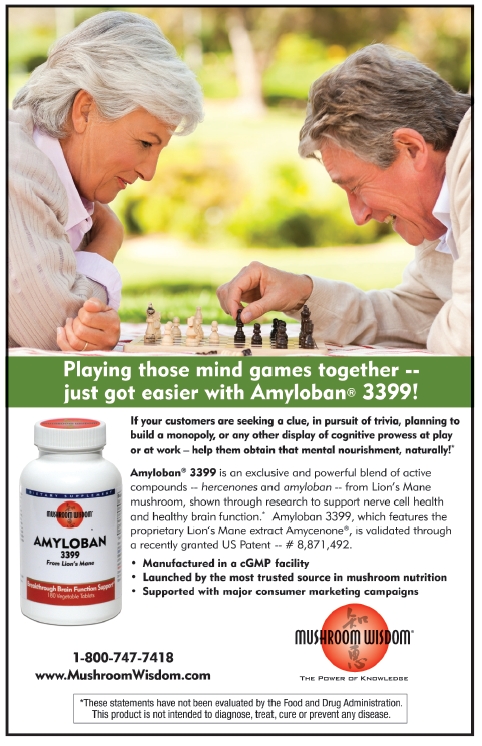 widely known by U.S. physicians?
widely known by U.S. physicians?
Pescatore: As AHCC is from Japan, and because Japan is a much more homogenous society, it is easier to get information widely disseminated. America is also much more guarded when it comes to what can and cannot be used in treating patients. American physicians are skeptical when it comes to nutritional supplements and the big pharmaceutical agencies and medical powers that be all despise complementary modalities, lest they take away from the use of more expensive and potentially more dangerous forms of therapy.
Passwater: What kinds of cancer is AHCC being used as a nutritional aid for in Japan?
Pescatore: It is used against most tumors, but much of the original research was done in liver cancer, which is why I originally did my first trial with AHCC and hepatitis C. AHCC can support patients in many ways: it can increase the number of white blood cells, prevent or decrease hair loss, and improve overall mood, which is very important during the course of cancer treatment.
Passwater: Since some chemotherapy drugs also weaken the immune system, it appears that AHCC would especially be important during chemotherapy.
Pescatore: A study published in 1998 in the journal Anti-Cancer Drugs showing how AHCC worked in combination with a widely used form of oral chemotherapy is a good example. This small-animal study demonstrated that AHCC enhanced the beneficial effects of the chemotherapy, while reducing detrimental side effects. This study’s findings showed that AHCC combined with UFT (an oral form of 5-Fluorourical):
• Restored natural killer (NK) cell activity inhibited by chemotherapy. (Chemotherapy inhibited NK cell activity by nearly 75% when used alone).
• Decreased primary tumors 20% more than chemotherapy alone.
• Inhibited the spread of cancer metastasis to other parts of the body by nearly 30% as compared to chemotherapy alone.
• Increased macrophage activity as compared to chemotherapy alone, sometimes by as much as 96%.
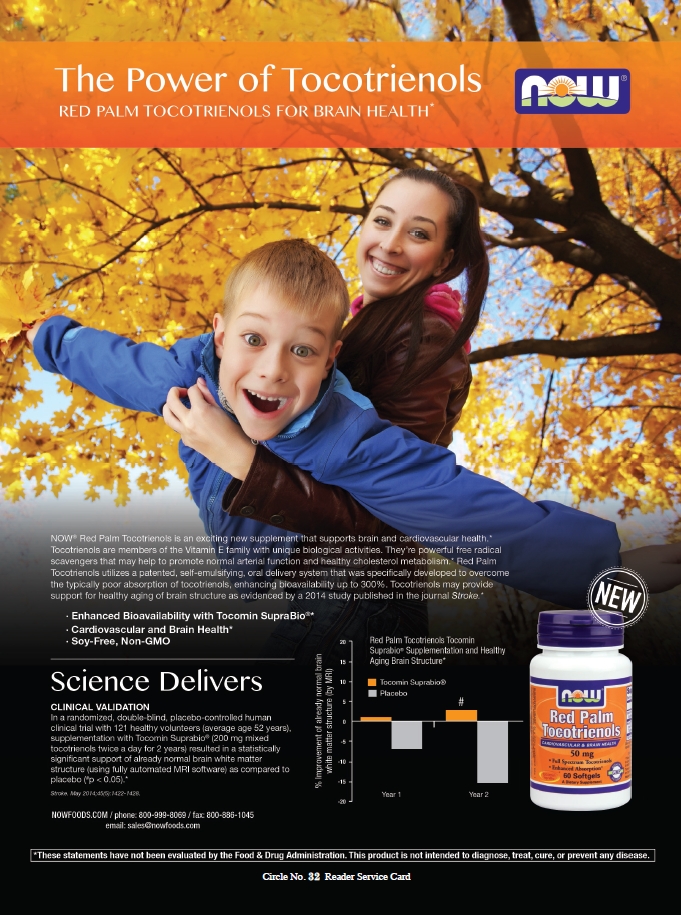 The Anti-Cancer Drugs study concluded, “Taken together, the combination of Active Hexose Correlated Compound, plus chemotherapy, brought about good therapeutic effects, not only on primary tumor growth, but also on reducing metastasis and these effects were mediated by host immunity which was restored or activated by AHCC” (1).
The Anti-Cancer Drugs study concluded, “Taken together, the combination of Active Hexose Correlated Compound, plus chemotherapy, brought about good therapeutic effects, not only on primary tumor growth, but also on reducing metastasis and these effects were mediated by host immunity which was restored or activated by AHCC” (1).
Passwater: You, as a physician, and I, as a research biochemist, can freely discuss the science of this nutritional product, but we should remind our readers that it is against U.S. Food and Drug Administration (FDA) regulations for anyone in commerce to imply that a commercial dietary supplement has medicinal actions. Once someone in the commerce of that product claims or implies that a dietary supplement can diagnose, treat, cure or prevent any disease or medical condition, then by U.S. FDA definition, the agency rules that that substance becomes an unapproved drug and there are severe legal penalties involved. Dietary supplements, however, can help maintain normal parameters and can help improve these parameters within the normal range and thus can strengthen the body so that it can repair and help heal itself.
Since neither of us are involved in sales of a product, thanks to the First Amendment of the U.S. Constitution, we have the right to discuss the science and WholeFoods Magazine can freely publish the research to inform everyone.
Now getting back to the research, are American universities using AHCC in treatments or research?
Pescatore: Yes. The ones that come to mind as we speak are UC- Davis, Columbia University Medical Center, Drexel University, the University of Texas Medical School at Houston and The University of Texas M.D. Anderson Cancer Center. There are many others as well and this information can be found in the research articles at http://www.aminoup.co.jp/e/products/AHCC/list.php.
Passwater: How does AHCC improve immune system health against viruses and tumors?
Pescatore: One mechanism by which AHCC supports immune health is by activating white blood cells, particularly NK cells and macrophages, which directly attack abnormal cells, virus-infected cells or external viral and bacterial pathogens that enter the body (2).
Another mechanism is by stimulating the 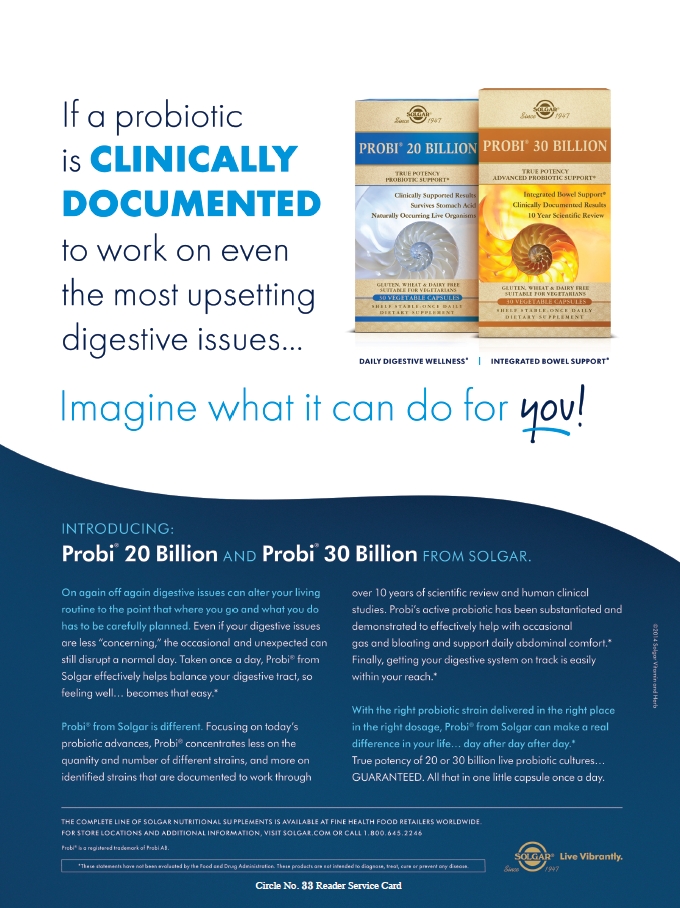 number of dendritic cells. Dendritic cells capture and process antigens (i.e., disease-causing proteins) and carry them to the lymphoid organs, such as the spleen and lymph nodes, and secrete cytokines to induce an immune response. B cells and T cells (B and T lymphocytes) are the mediators of immunity, but their function is under the control of dendritic cells (3).
number of dendritic cells. Dendritic cells capture and process antigens (i.e., disease-causing proteins) and carry them to the lymphoid organs, such as the spleen and lymph nodes, and secrete cytokines to induce an immune response. B cells and T cells (B and T lymphocytes) are the mediators of immunity, but their function is under the control of dendritic cells (3).
AHCC also protects the thymus gland (4), improves the immune system’s ability to recognize tumors (5) and strengthens cellular immunity in healthy human volunteers (6).
Passwater: Some people associate mushrooms with possibly being poisonous. Is AHCC safe as well as effective?
Pescatore: AHCC uses safe and edible mushroom varieties and no magic mushrooms. The safety of AHCC has been well established, both by itself and in combination with other therapies. There was a safety study done, of which I was a part, through Harvard University that proved this. A study is published in the Journal of Nutritional Science and Vitaminology (7). Patients have been followed for up to eight years, and after discontinuing use, the immune system doesn’t “crash” from exhaustion or hyperstimulation.
Passwater: Where can our readers get your book, AHCC: The Medical Breakthrough in Natural Immunotherapy (Basic Health Publications, Laguna Beach, CA 2010) and find more information on AHCC?
Pescatore: They can visit my Web site at www.drpescatore.com and follow me on Twitter @drfredpescatore and Facebook for more information.
Passwater: What other books have you written that may be of interest to our readers?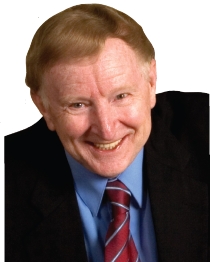
Pescatore: Feed Your Kids Well; Thin For Good; The Hamptons Diet; The Hamptons Diet Cookbook; The Allergy and Asthma Cure; Boost Your Health with Bacteria.
Passwater: Thank you, Dr. Pescatore! WF
Dr. Richard Passwater is the author of more than 45 books and 500 articles on nutrition. Dr. Passwater has been WholeFoods Magazine’s science editor and author of this column since 1984. More information is available on his Web site, www.drpasswater.com.
Previous Vitamin Connections are available at www.wholefoodsmagazine.com/columns/vitamin-connection.
References
1. K. Matsushita et al., “Combination Therapy of Active Hexose Correlated Compound plus UFT Significantly Reduces the Metastasis of Rat Mammary Adenocarcinoma,” Anti- Cancer Drugs 9 (4), 343–350 (1998).
2. M. Ghoneum, et al., “Enhancement of NK cell activity in cancer patients by Active Hemicellulose Compound (AHCC),” Adjuvant Nutrition in Cancer Treatment Symposium, Tulsa, Oklahoma Nov. 6–7, 1992.
3. N. Terakawa, et al.,”Immunological Effect of Active Hexose Correlated Compound (AHCC) in Healthy Volunteers: A Double-Blind, Placebo-Controlled Study,” Nutr. Cancer 60 (5), 643–651 (2008).
4. R. Burikhanov, et al.,”Suppressive Effect of Active Hexose Correlated Compound on Thymic Apoptosis Induced by Dexamethasone in the Rat,” Endocrine Res. 34 (4): 181–188 (2000).
5. Y. Gao, et al., “Active Hexose Correlated Compound Enhances Tumor Surveillance through Regulating both Innate and Adaptive Immune Responses,” Cancer Immunol. Immunother. 55 (10), 1258–1266 (2006).
6. Z. Yin, H. Fujii and T. Walshe, “Determining the Frequency of CD4+ and CD8+ T Cells Producing IFN-b and TNF-a in Healthy Elderly People Using Flow Cytometry Before And After Active Hexose Correlated Compound Intake,” Hum. Immunol. 71 (12), 1187–1190 (2010).
7. E.L. Spierings, et al., “A Phase I Study of the Safety of the Nutritional Supplement, Active Hexose Correlated Compound, AHCC, in Healthy Volunteers,” J. Nutr. Sci. Vitaminol. (Tokyo) 53 (6), 536–539 (2007).
Published in WholeFoods Magazine, December 2014

